Raspberries - a plant that is grown in each suburban area. Shrubs are undemanding in care, and different varieties differ in taste and color. Black raspberry is not a novelty of selection, the blackberry-like variety is regarded by gardeners as fruitful, drought-resistant, it is not susceptible to disease and pest attacks.
Having decided to grow this plant on a personal plot, the gardener will have to get acquainted with foreign and domestic varieties - each has advantages.
Content
The attractiveness of growing crops
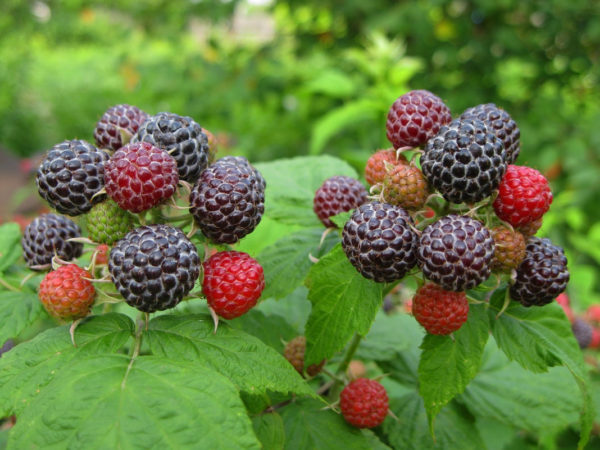 Aronia raspberry in comparison with the classic varieties of red has advantages, experienced gardeners appreciate it for such features:
Aronia raspberry in comparison with the classic varieties of red has advantages, experienced gardeners appreciate it for such features:
- lack of root growth;
- resistance to lack of moisture;
- ripe berries do not crumble from the branches of a bush;
- some varieties have a pronounced resistance to lower temperatures;
- not susceptible to attack by the pest;
- has a powerful, deep root system;
- the fruit is well removed from the stalk.
Many varieties are winter hardy, which allows them to grow in Siberia without spending additional resources on preparing for winter. Berries have medicinal properties, and the plant itself is unpretentious to the composition of the soil mixture.
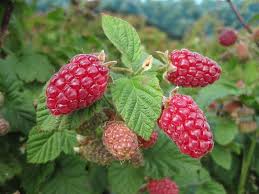 You may be interested in:
You may be interested in:Description of the variety and its features
Black raspberries can not be called a novelty of selection, the first species were obtained in America in the 19th century. Such varieties are popular in Russia:
- Boysenberry. Early ripe variety, its feature is high productivity, with good care, the fruits are large. There are no spikes on the shoots, which facilitates the collection. It is not frost-resistant enough, but subject to protection it winters safely in difficult regions. It is quite common among amateur gardeners and professionals, due to good immunity - the plant rarely gets sick.
- New Logan. A variety of foreign selection, characterized by tallness and early fruiting. It is not frost-resistant, therefore it is grown more often in the middle lane.
- Corner. Domestic variety, giving a good harvest with proper care. Its fruits have an interesting sweet and sour taste that differs from red raspberries.
- Litach. Polish variety obtained in 2008 after hard work. Round-shaped berries ripen in the middle of summer, have a bloom. Long shoots with spikes.
- Gifts of Siberia. It is recommended for cultivation in the conditions of Siberia and the Far East of Russia, surpasses classical grades in frost resistance. Berries have a rich taste and aroma. Suitable for preservation, belong to the group of dessert.
- Luck. The variety has another name - Turn. The plant is resistant to pest attacks, winter-hardy. Under good conditions, up to 6 kg of fruits can be harvested from one bush per season.
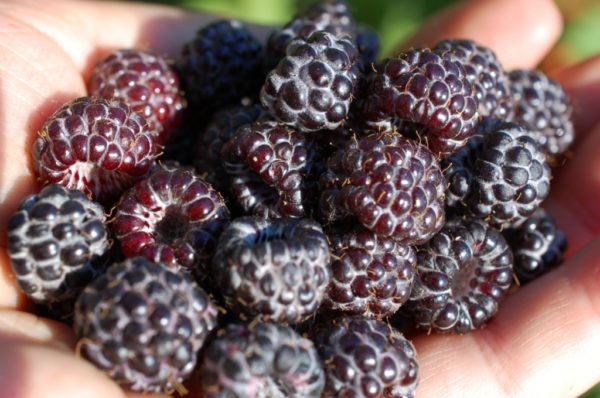 Cumberland - a variety that needs to be discussed separately. It is from him that gardeners begin with an acquaintance with aronia species of mountain ash.Despite the fact that this plant is of foreign selection, it is widespread in the CIS countries. Among the positive qualities are present:
Cumberland - a variety that needs to be discussed separately. It is from him that gardeners begin with an acquaintance with aronia species of mountain ash.Despite the fact that this plant is of foreign selection, it is widespread in the CIS countries. Among the positive qualities are present:
- yield collection from 2 to 10 kg of fruit from each bush;
- early ripeness - the first collection in the middle lane is held at the end of June;
- bright, saturated blue-black color;
- resistant to diseases and pests.
Cumberland is the result of a successful cross between a classic variety of large remontant raspberries and blackberries. By creating a full-fledged shelter for the winter, the gardener can change the period of fruit ripening.
The stalks of Cumberland themselves are powerful, as they grow and develop, a bluish coating forms on them, there are large spikes, but they are few, so the harvesting process is no different from working with classic varieties. Shoots reach a length of 3 meters because they are better to form an arch. It should be borne in mind that all black-fruited species have a powerful, developed root system, so each bush should be planted at a distance of about 30 cm from each other.
Features of planting this variety
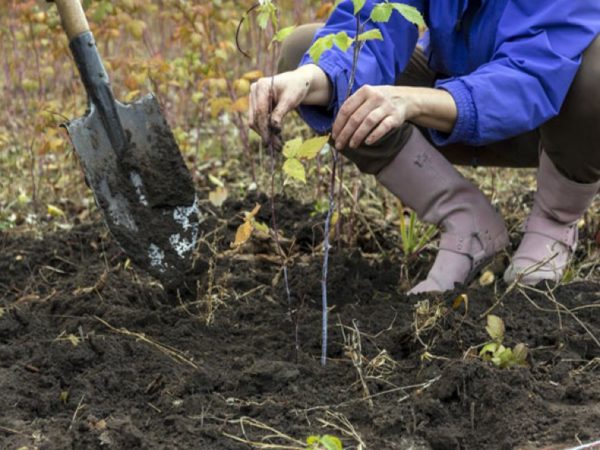 Caring for black raspberries is not much different from the process of cultivating the classic varieties of culture, but in order to simplify this process and avoid the main problems, you need to pay attention to the features:
Caring for black raspberries is not much different from the process of cultivating the classic varieties of culture, but in order to simplify this process and avoid the main problems, you need to pay attention to the features:
- Planting raspberries. Planting a plant is recommended in the spring, despite the fact that the crop in this case cannot be obtained. If the sapling arrived in the fall or summer - it is planted immediately, because there are no strict restrictions on the issue.
- Illumination. When choosing a place for culture, you need to consider that, like red varieties, black is photophilous. Unlike red species, it needs additional protection from the wind.
- Priming. An undemanding plant to the composition of the soil mixture, grows well and bears fruit in loams, when applying fertilizing, the composition of the soil mixture does not affect yield.
- Watering. Tolerates drought, does not discard fruits and leaves. Abundant watering is recommended during and after fruit ripening. Do not overdry the soil before wintering.
To plant a black-fruited variety, holes up to 50 cm deep are made, half-filled with a mixture of humus and ash. Local soil is poured into the pits and a seedling is set. Immediately after planting, it is watered and mulch is created from a mixture of peat, compost and straw.
When planting significant volumes of seedlings, you need to consider the option of planting in two rows. This will save space and simplify harvesting. After the shoots grow, they are tied to the trellises, forming an arch. The shoots of the plant should not lie on the ground, such contact will lead to a deterioration in the state of the crop.
Care for black raspberries in the fall
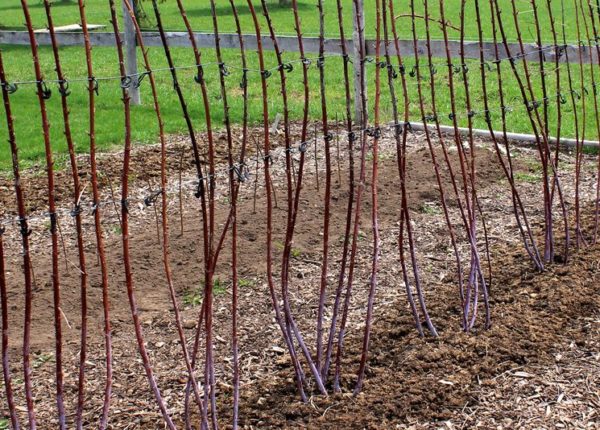 With the right location for planting, caring for black raspberries in the fall will not cause problems. The main parameter is light availability and wind protection. Unlike red varieties, black ones have fragile shoots, so they are easy to break.
With the right location for planting, caring for black raspberries in the fall will not cause problems. The main parameter is light availability and wind protection. Unlike red varieties, black ones have fragile shoots, so they are easy to break.
Pruning black raspberries in the fall necessarily involves binding the stems. Observance of this condition will prevent excessive drying and damage with slight icing.
The roots of these species go deep into the soil and provide themselves with nutrition through contact with groundwater. Despite this condition, additional top dressing in the fall is a condition for a good wintering and a plentiful harvest. Before you cover the bush for the winter, you need to feed it with any fertilizer with a wide range of trace elements.
Plants are insensitive to pests, but the culture can get a lot of damage due to viral diseases.Before wintering, all fallen leaves and damaged shoots are removed from raspberry trees after sanitary pruning.
Since the varieties bear fruit on one-year shoots, pruning is carried out carefully, removing only immature parts from young branches that will die in winter. This must be done, otherwise there is a risk of fungal infection of the entire bush. In spring, pruning is carried out only on the side shoots, cutting them to 6 buds.
Autumn watering raspberries
In early autumn, the amount of watering after removing the last ovary is reduced, but not completely stopped. This condition will provide for the ripening and lignification of young shoots to prevent their death in the cold. Watering should be completely reduced if it rains. In the case when there is no rain every bush, watered every other day, 10 liters are introduced into the soil. It is impossible to allow a complete transplantation of an earthen coma. Watering is stopped when the temperature in the region drops to 0 degrees during the day.
Protection against diseases and pests
All garbage from under the bushes is collected and burned. The resulting ash can be used for fertilizer in the next season. If there are no pests on plants with a probability of 100%, leaves can be left on the ground - they will provide reliable shelter for the winter, and will rot before spring and become fertilizer.
In October, preventive sanitary treatment with Bordeaux liquid is carried out with a concentration of active substances up to 5%. Plants are cultivated in the direction from the roots to the shoots. When processing you need to consider:
- for the composition to work, it takes a day without rain;
- carry out processing in clear weather in the morning;
- shoots must be dry.
Pruning black raspberries
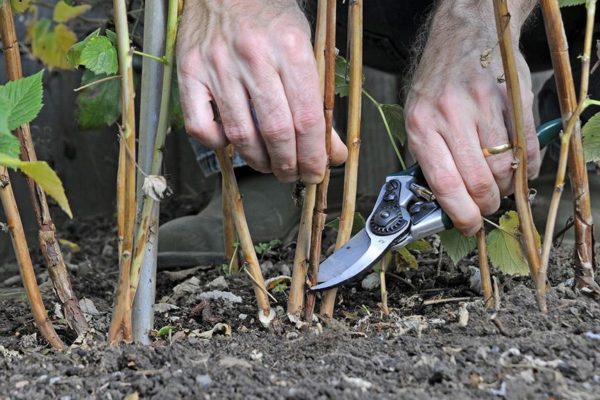 In autumn, all shoots of two years old are cut off at the very ground. Young stems are tied to a driven stake so that they do not refract as a result of excessive snow and icing. Such pruning is necessary, because all black-fruited varieties have long and powerful shoots. Failure to manipulate will lead to thickening and reduced fruiting.
In autumn, all shoots of two years old are cut off at the very ground. Young stems are tied to a driven stake so that they do not refract as a result of excessive snow and icing. Such pruning is necessary, because all black-fruited varieties have long and powerful shoots. Failure to manipulate will lead to thickening and reduced fruiting.
Some gardeners begin pruning in July. This will avoid excessive overgrowth, but reduce yield. Such a technique is adequate when you need to get a stem mass with one-year shoots for the next year - that is, you will have to partially abandon harvesting in one year to get more for the next. If the yield is satisfactory, there is no need for pruning in the summer.
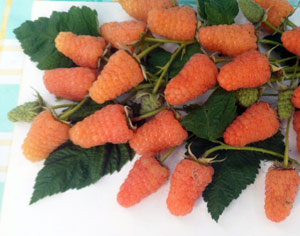 You may be interested in:
You may be interested in:Trimming Dates
To postpone the moment of the manipulation is not worth it. Pruning is carried out after leaf fall of the bush, in several approaches. First remove old shoots with an age of more than two years, weak and painful. Sanitary treatment is a prerequisite for the successful maturation of shoots. Failure to conduct it will lead to winter death of the plant. It is better to start holding it in October, but you should always focus on weather conditions. Slices should tighten to frost.
Trim the bush that retained the leaf mass after its complete mechanical or natural removal. Leaves will fall off the bush in winter and become soil for pests.
The raspberry must be cleaned from excess garbage before the onset of cold weather. Therefore, the approximate dates for the regions are as follows:
- Moscow region - the end of September-October;
- Ural and Siberia - August;
- Southern Russia and Krasnodar Territory - November.
When it is best to prune black raspberries in spring or autumn, each gardener decides for himself. The opinion of the majority boils down to the fact that sanitary pruning is a condition for a good winter without losses.This is due to the fact that different pests often winter on shoots.
Why trim raspberries and whether to do it
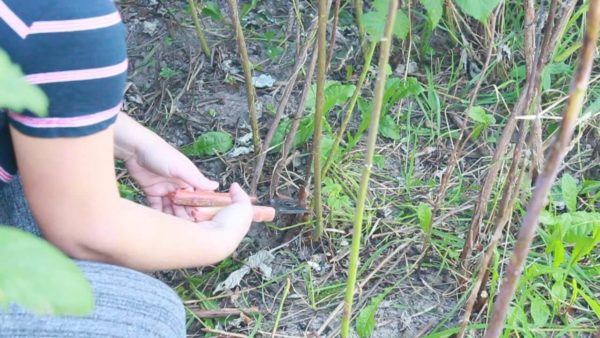 There are 3 types of processing:
There are 3 types of processing:
- sanitary - damaged stems and branches of the plant are removed;
- formative - necessary for the formation of structures, the creation of arches or green hedges;
- preventive - carried out in the fall, includes not only the removal of damaged areas, but also a cut of old shoots.
Trimming raspberries is necessary to maintain the uniformity of the bush. In emergency cases, for sanitary purposes, manipulation is carried out at any time.
Step-by-step cropping instructions
Trimming dates for black raspberries for the winter vary depending on the regions, but the technology is always preserved. For the operation you need tools:
- secateurs;
- garden knife
- delimbers;
- tight gloves;
- small rake.
The algorithm of actions is as follows:
- All tools are treated with a disinfecting solution. It is convenient to use chlorhexidine.
- Using a powerful, sharp secateurs, shoots of two years ago are removed and removed outside the zone.
- An unripened shoot is cut with a delimbing knife or a garden knife.
- Using a rake, the foliage and cut parts of the shrub are removed.
To get a wide bush, gardeners recommend trimming the plant to different heights, that is, several shoots are shortened by 10, 20, 30 cm, tall shrubs are cut in half.
This method not only improves the formation, but also provides abundant and uniform fruiting at different periods, because the berries ripen on long shoots earlier than on short ones. Another argument that pruning is an autumn event. Shortened shoots are easier to tie and fasten together, which makes it easy to cover the area with any material without additional structures.
Pruning ahead of frost
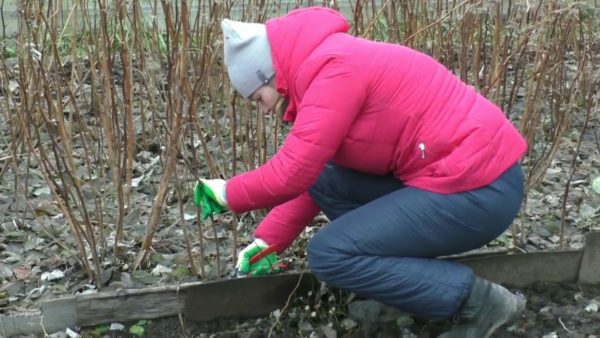 Autumn pruning is best done before the onset of cold weather. If the variety is distinguished by late ripening of the fruits, they begin the operation without waiting for the leaves to fall. Due to how timely the manipulation is carried out, the rate of maturation of young branches and the yield in the next year depend.
Autumn pruning is best done before the onset of cold weather. If the variety is distinguished by late ripening of the fruits, they begin the operation without waiting for the leaves to fall. Due to how timely the manipulation is carried out, the rate of maturation of young branches and the yield in the next year depend.
Be sure to remove all branches that have borne fruit in the current season. They need to be cut off close to the ground, because insects can settle in the stumps left after the process. For this purpose, all broken and diseased branches are cut.
In regions with a warm climate, for example, in the south of Russia young growths can not be removed. They will calmly endure the winter under cover. If winter is hard for raspberries, for example, in Siberia, the shoots are removed to avoid decay.
Double pruning bushes a few important nuances
Double pruning or the Sobolev method gives results, but the operation requires skills and accuracy. If you plan to use this technique, the bushes are planted on one site and generously fertilize the soil with organic matter during the summer.
At the end of May, unnecessary shoots are removed, and after the branch grows 15-20 cm, pinch the crown. After this provision, the growth of lateral shoots begins and by the end of the vegetative period they will be 50 cm long.
The second stage of pruning is carried out the next year. After maturation of the leaf mass, the tops of the shoots are cut by 20 cm. This is done to awaken sleeping buds and activate yield. This technique requires strict adherence to deadlines.
Shortening
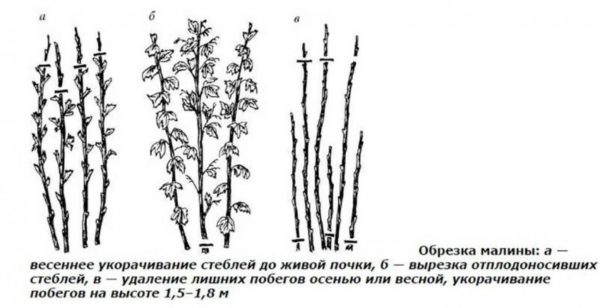 The height of the slices depends on the size of the plant and its condition. Biennial branches must be cleaned under the base, because they will no longer produce. Annuals are cut in half.
The height of the slices depends on the size of the plant and its condition. Biennial branches must be cleaned under the base, because they will no longer produce. Annuals are cut in half.
Shortening involves:
- complete removal of old stems;
- removal of annual branches;
- thinning young shoots.
After manipulation, the plant should be treated with a solution of copper sulfate.
Features cropping remont raspberries for the winter
Repair pruning raspberries in the fallthen shearing will not affect the fruiting process. When cutting, all old shoots are removed flush with the soil, as well as those branches that bear fruit this year.
The work process includes:
- the bush is removed from dry branches, old shoots and young shoots are removed;
- cut trunks to a height of 60 cm;
- all leaves are removed from the front garden;
- bind shoots in bunches and bend to the ground.
Repair grades need extra care, because they do not differ in frost resistance, because they must be covered for the winter.
Top dressing
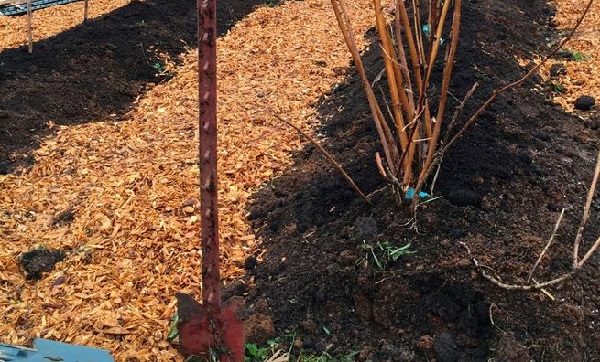 During the vegetative period, fruit-bearing plants lose the bulk of nutrients, so autumn is a good time for proper nutrition. Fertilizer will saturate the soil with nutrients and microelements, which will enhance the quality of the plant.
During the vegetative period, fruit-bearing plants lose the bulk of nutrients, so autumn is a good time for proper nutrition. Fertilizer will saturate the soil with nutrients and microelements, which will enhance the quality of the plant.
After feeding, the plant is treated from pests and irrigated after 3 days. After watering, the plant is prepared for winter. It is better to feed after autumn pruning, then the nutrients will receive stems that will bear fruit the next year.
Mulching
At the beginning of autumn, the earth in raspberries is dug to a depth of 10 cm. Compost is used for mulch. The soil is sprinkled with a layer of 5-7 cm. In some cases, peat, sawdust, straw can be used. Sprinkle with earth on top.
With regular mulching in the soil, humus forms under the plant. So that the sprouts are strong, after the device, the mulch is abundantly watered with water.
Shelter for the winter
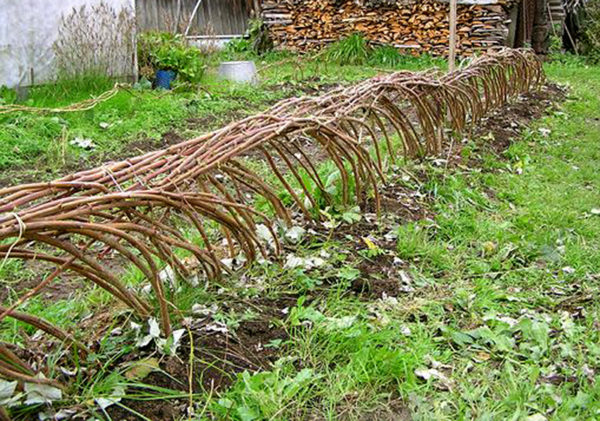 Raspberry shelter is required in the northern regions of Russia. If the region is characterized by snowy winters and stable temperatures (not more than -15 degrees), it is not necessary to cover the raspberry. Since whips of black-fruited varieties are easily bent. After trimming, they are tied in bunches and bowed to the ground, tied to a peg.
Raspberry shelter is required in the northern regions of Russia. If the region is characterized by snowy winters and stable temperatures (not more than -15 degrees), it is not necessary to cover the raspberry. Since whips of black-fruited varieties are easily bent. After trimming, they are tied in bunches and bowed to the ground, tied to a peg.
Regardless of the region, the following varieties cover for the winter:
- large-fruited with high productivity;
- without thorns;
- young plants.
Shelter is required if the region has severe winters and no snow.
An important condition is that the bush is covered up to frost, because it will not work to bend raspberry branches without breaking them. Before bending the plant, wooden or metal hooks are hammered into the ground, a bush is wrapped in a dense rope and tied to it. Top covered with non-woven material and wrapped with a net from rodents. In the northern regions, snow is laid on top of this shelter - then even demanding varieties can survive the winter.
Snow retention
Snow retention is a technique that allows you to retain snow in areas. It is used to save the plant from freezing and increase the nutritional potential of the soil mixture. If the soil is covered with snow, the plant tolerates cold winds more easily, the aboveground part is not subjected to icing, and the root - to freezing.
For garden crops, snow is needed to protect against severe frost and to provide moisture in the spring. The organization of snow retention begin after the first frost, with the threat of wind. It is optimal for the air temperature to stay in the limit of 0 degrees. The trunk of the plant is spudded with snow to make a hill at the base. To avoid snow leaching, protective shields are installed near the raspberry.
If snow has accumulated on the branches of trees, it can also be shaken off and manually moved under the bushes of aronia raspberries, creating an additional protective barrier.
Finally
Varieties of aronia are not uncommon for an experienced gardener, caring for them is simple. Such species are distinguished by good qualities, due to which they are common among gardeners. Subject to the main recommendations, the bush overwinters well and gives a volume crop in each season.

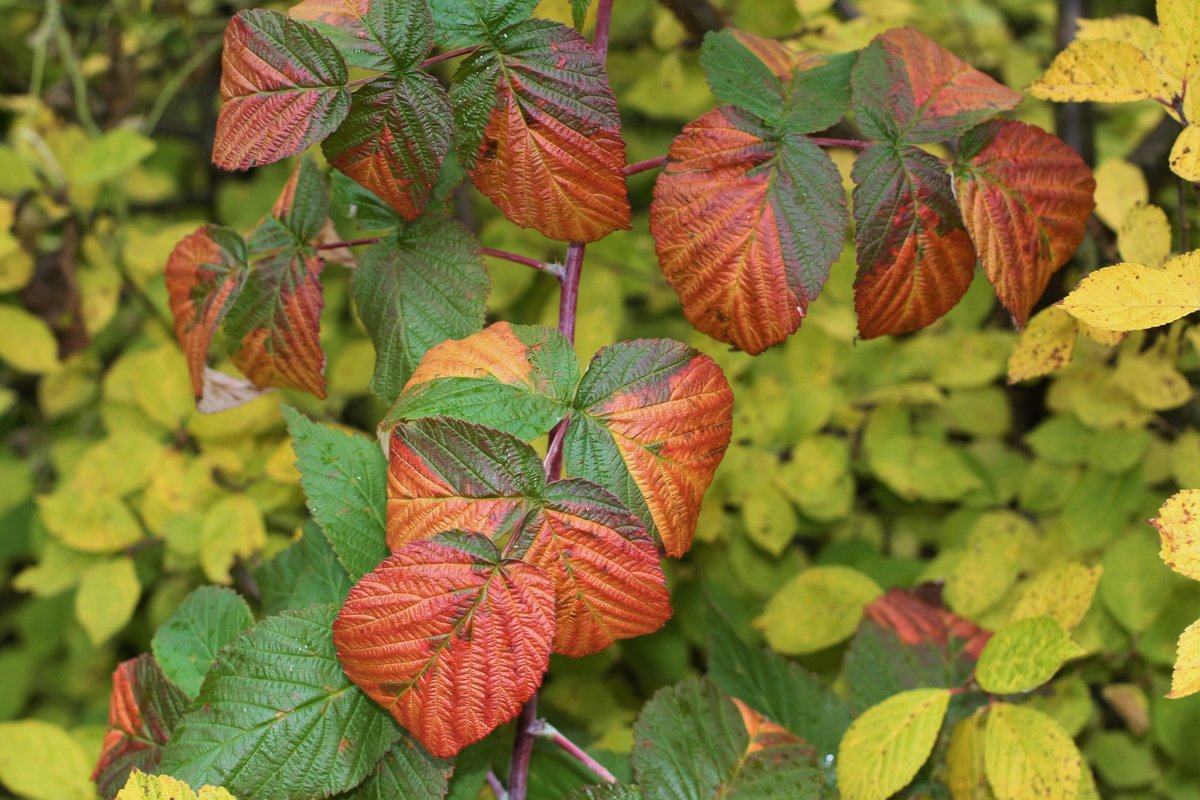 Black raspberries in autumn: care and preparation for winter shelter, pruning
Black raspberries in autumn: care and preparation for winter shelter, pruning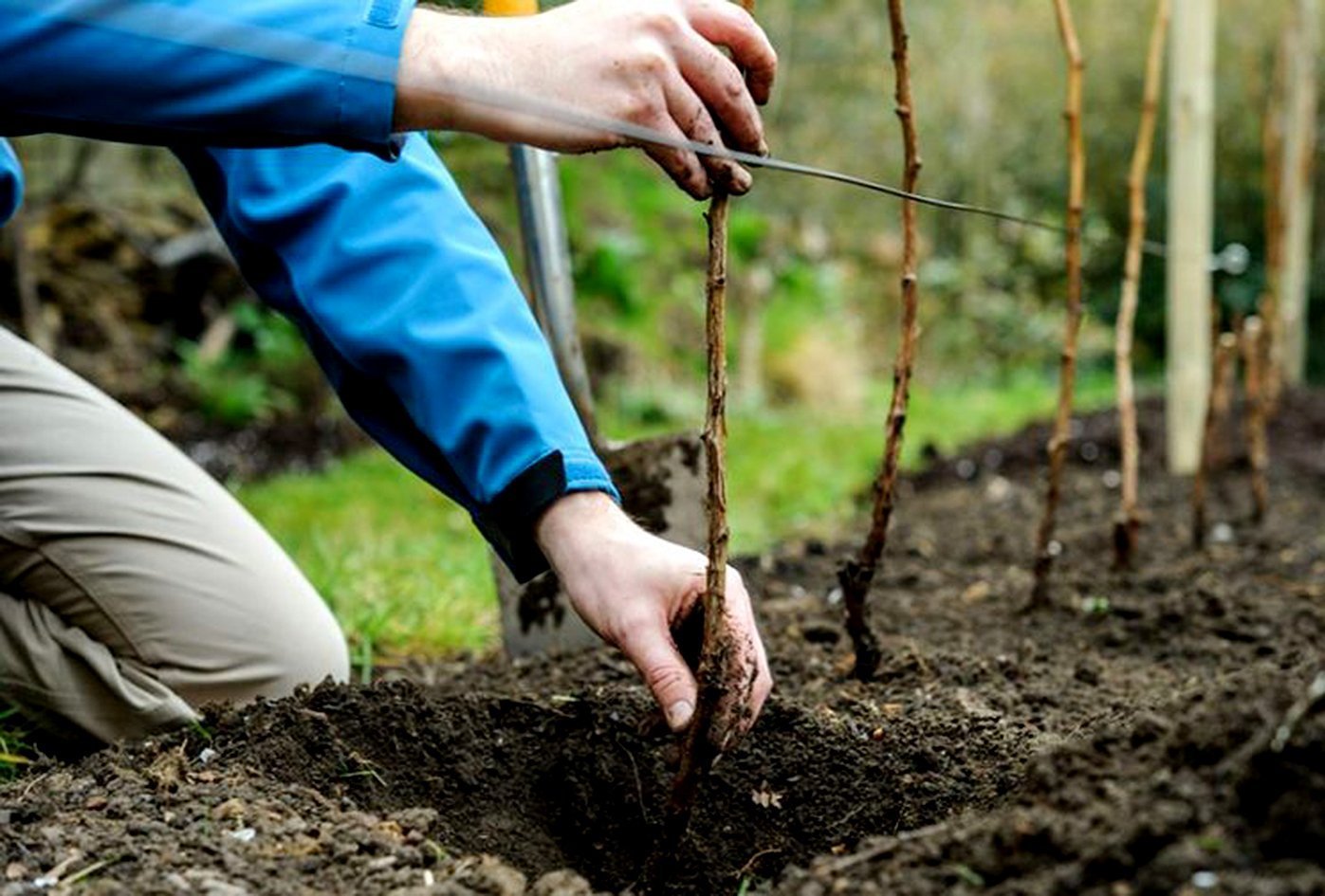 Features planting raspberries in the fall and care for it
Features planting raspberries in the fall and care for it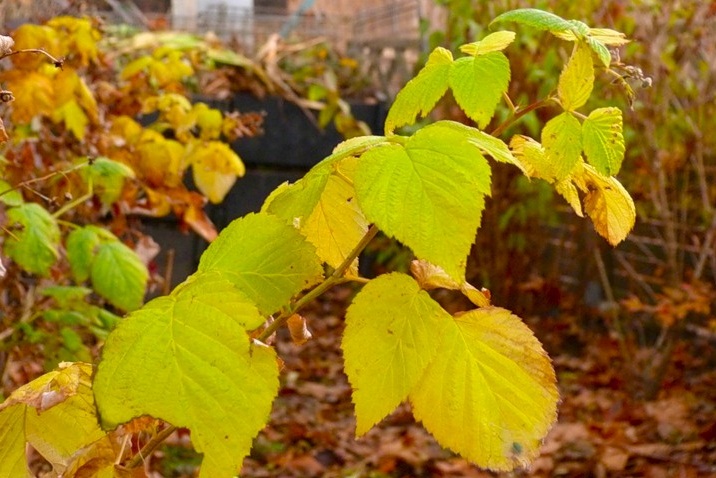 Proper care for raspberries in the fall and its preparation for winter
Proper care for raspberries in the fall and its preparation for winter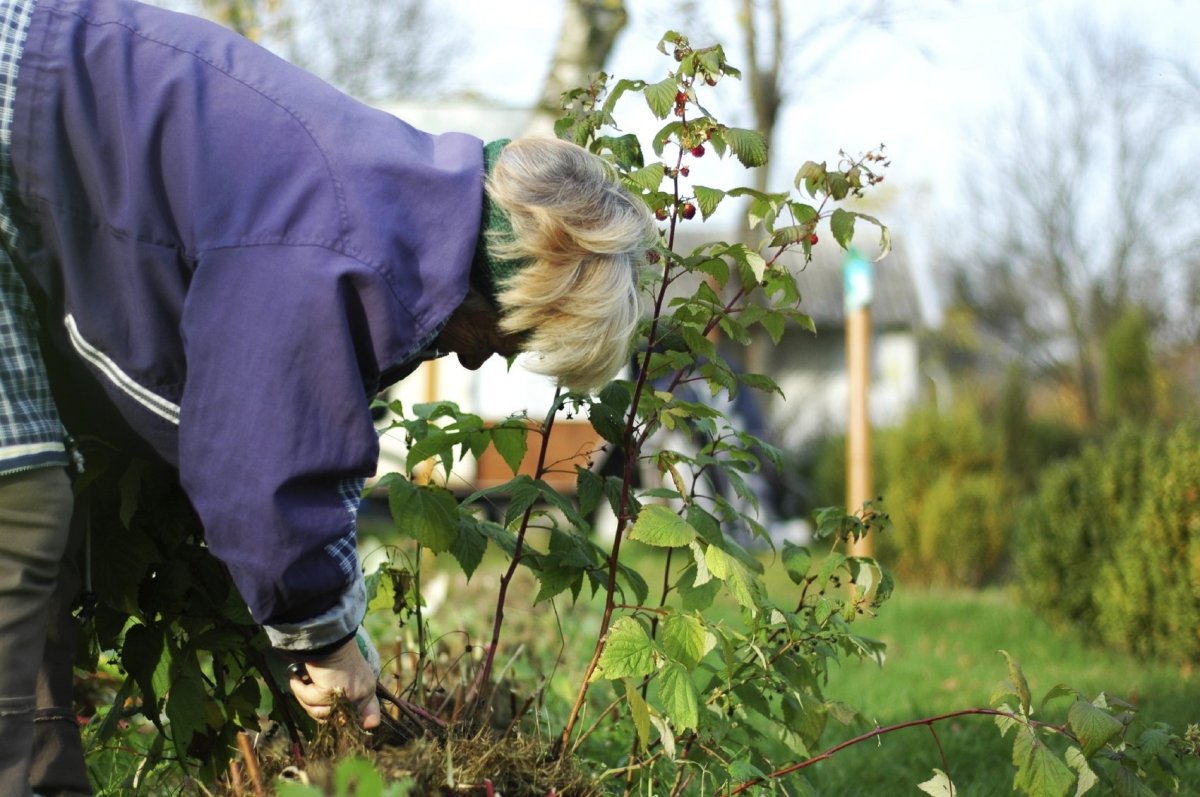 Care for maintenance raspberries in autumn: pruning and top dressing
Care for maintenance raspberries in autumn: pruning and top dressing